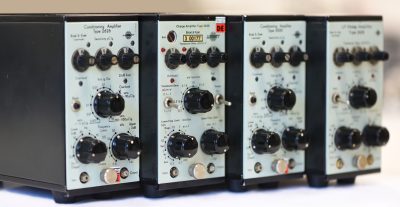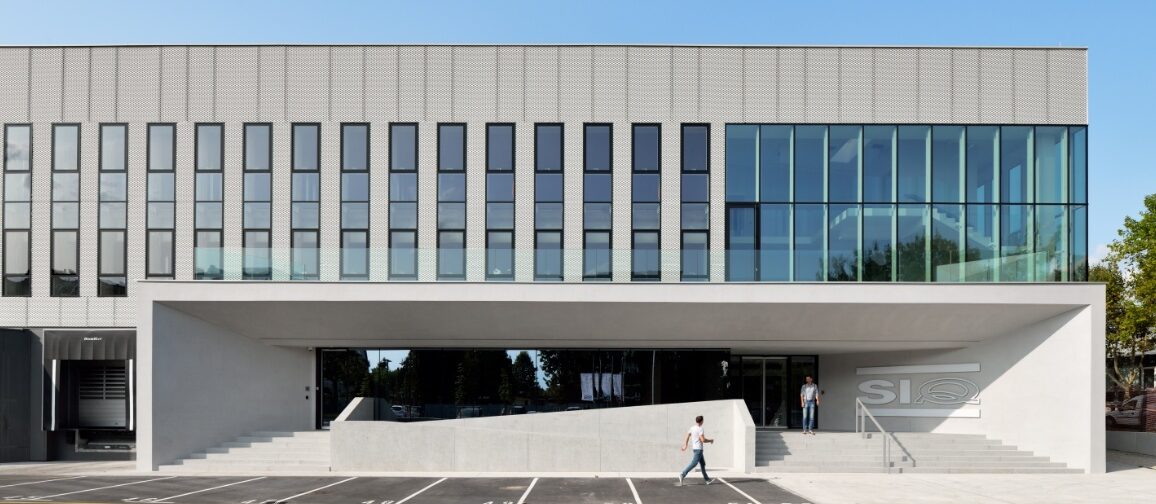Acoustics and vibrations
Sound calibrators
Sound calibrators are calibrated in accordance with IEC 60942. The generated sound pressure, frequency and distortion are measured. The calibration could be performed between 94 and 124 dB and in the frequency range between 31.5 Hz and 16 kHz.
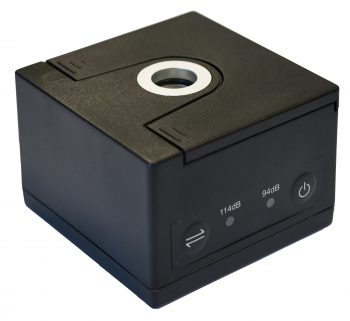
Microphones
Microphones are calibrated according to IEC 61094-5. For ½ and ¼ inch microphones we calibrate the sensitivity and frequency response (pressure or free field) in the frequency range 31.5 Hz – 16 kHz. On contrary, we could only calibrate sensitivity at 250 Hz for a 1-inch microphones.
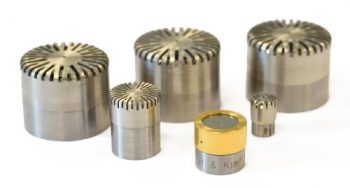
Sound level meters
Sound level meters are calibrated according to the IEC 61672 in IEC 61260 standards. The following parameters are calibrated:
- absolute sensitivity
- frequency weightings A, B, C and Z (31.5 Hz – 16 kHz)
- time weightings F and S at 2 kHz or 4 kHz
- linearity from 0 dB to 100 dB (16 Hz – 20 kHz)
- electroacoustic filters, levels 0 dB – 80 dB, central frequency 3.15 Hz – 40 kHz
Upon to request we could also perform the following calibrations:
- self-generated noise of the sound level meter (acoustical and/or electrical)
- frequency and time weightings at 1 kHz
- long-term stability
- C-weighted peak sound level
- overload indication check
- stability at high levels

Dosimeters
Dosimeters are calibrated in accordance with IEC 61252. We measure all key parameters such as accuracy of sound pressure level, sound dose for different frequencies and levels (31.5 Hz – 16 kHz at 94 dB, 104 dB and 114 dB) and accuracy of time measurement.
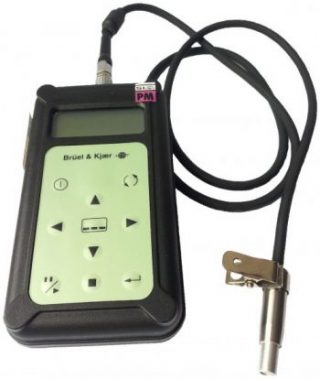
Accelerometers
We are calibration the sensitivity of charge accelerometers and electronic ICP accelerometers in the frequency range between 10 Hz and 10 kHz can be measured. If required, we could also measure linearity at certain frequency.
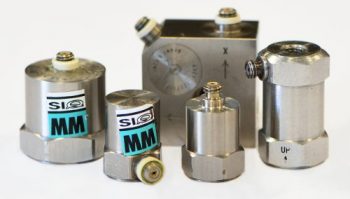
Vibration calibrators
The accuracy of the generated level (acceleration, velocity, or displacements), the accuracy of frequency display and distortion are typically calibrated. If desired, we can also calibrate linearity of the generated level for different frequencies and for different loads attached to the calibrator.
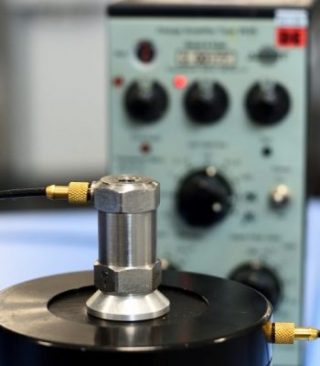
Vibration meters
We calibrate the accuracy of acceleration (0.1 m/s2 – 200 m/s2), velocity (0.4 mm/s – 3 m/s) and/or displacement measurement (2 mm – 50 mm) in a frequency range 10 Hz – 10 kHz. The accuracy of the vibration frequency could be also calibrated upon request and if the function is available.
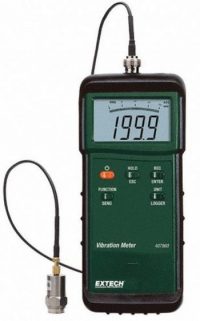
Charge amplifiers
The key parameter of charge amplifiers is its charge sensitivity, which can be measured for all available gain settings at frequencies DC – 10 kHz. We also measure DC offset and RMS noise level. Depending on the type of charge amplifier and according to customer’s requests, the charge amplifier’s sensitivity, integration function, filters and the overload indicators can be also measured.
